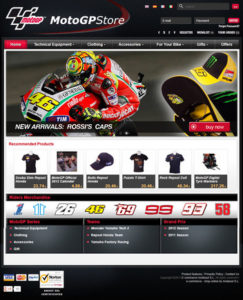My latest on NBC 5 Chicago’s Inc. Well: “How to Reach Customers Via Search Engines“
You don’t get the privilege of speaking to customers via organic search until the search engines understand what you’re saying.
Organic search is like speaking through a translator. The search engines’ algorithms are the gating factors that decide which sites will have a chance to speak to which searchers.
People searching Google know what they’re looking for. They ask Google to find it for them using a cryptic search phrase. From these few words, the search engines analyze relevance, intent and historical preference, and deliver a search results page with 10 organic search options.
Searchers decide based on those 10 links which site most closely meets their needs, and away they go. If Google doesn’t consider your site relevant or important enough to include in those 10 links, you don’t even get considered as an option by searchers. Period. Each time this happens is a lost opportunity to reach new customers or to market to those who already know your brand.
Businesses can improve their chances of success by understanding how to influence the process. That’s what SEO is all about.
Read the whole article at » Inc. Well

Originally posted on Web PieRat.


 Contrary to Shakespeare’s assertion of roses, a keyword by any other name would not smell – or rank – as sweet. Search engines are code-driven, logic-based pieces of software and hardware that know and do what they’re programmed to do: rank data gathered from crawling web sites according to specific algorithms against searchers’ queries. Those algorithms based on keyword relevance prefer exact matches between keywords and search queries. As a result, a site attempting to drive sales on the phrase “red roses” will not rank as sweet if it uses the phrase “roses red” across its pages.
Contrary to Shakespeare’s assertion of roses, a keyword by any other name would not smell – or rank – as sweet. Search engines are code-driven, logic-based pieces of software and hardware that know and do what they’re programmed to do: rank data gathered from crawling web sites according to specific algorithms against searchers’ queries. Those algorithms based on keyword relevance prefer exact matches between keywords and search queries. As a result, a site attempting to drive sales on the phrase “red roses” will not rank as sweet if it uses the phrase “roses red” across its pages. Every now and then an ecommerce site raises its hand for an “SEO Report Card” at Practical eCommerce. It’s a great way for the site to get some free advice and a good link, and an interesting way to give Practical eCommerce readers some, well, practical tips on how we’d handle SEO challenges with real ecommerce sites. Today’s volunteer is the
Every now and then an ecommerce site raises its hand for an “SEO Report Card” at Practical eCommerce. It’s a great way for the site to get some free advice and a good link, and an interesting way to give Practical eCommerce readers some, well, practical tips on how we’d handle SEO challenges with real ecommerce sites. Today’s volunteer is the 
